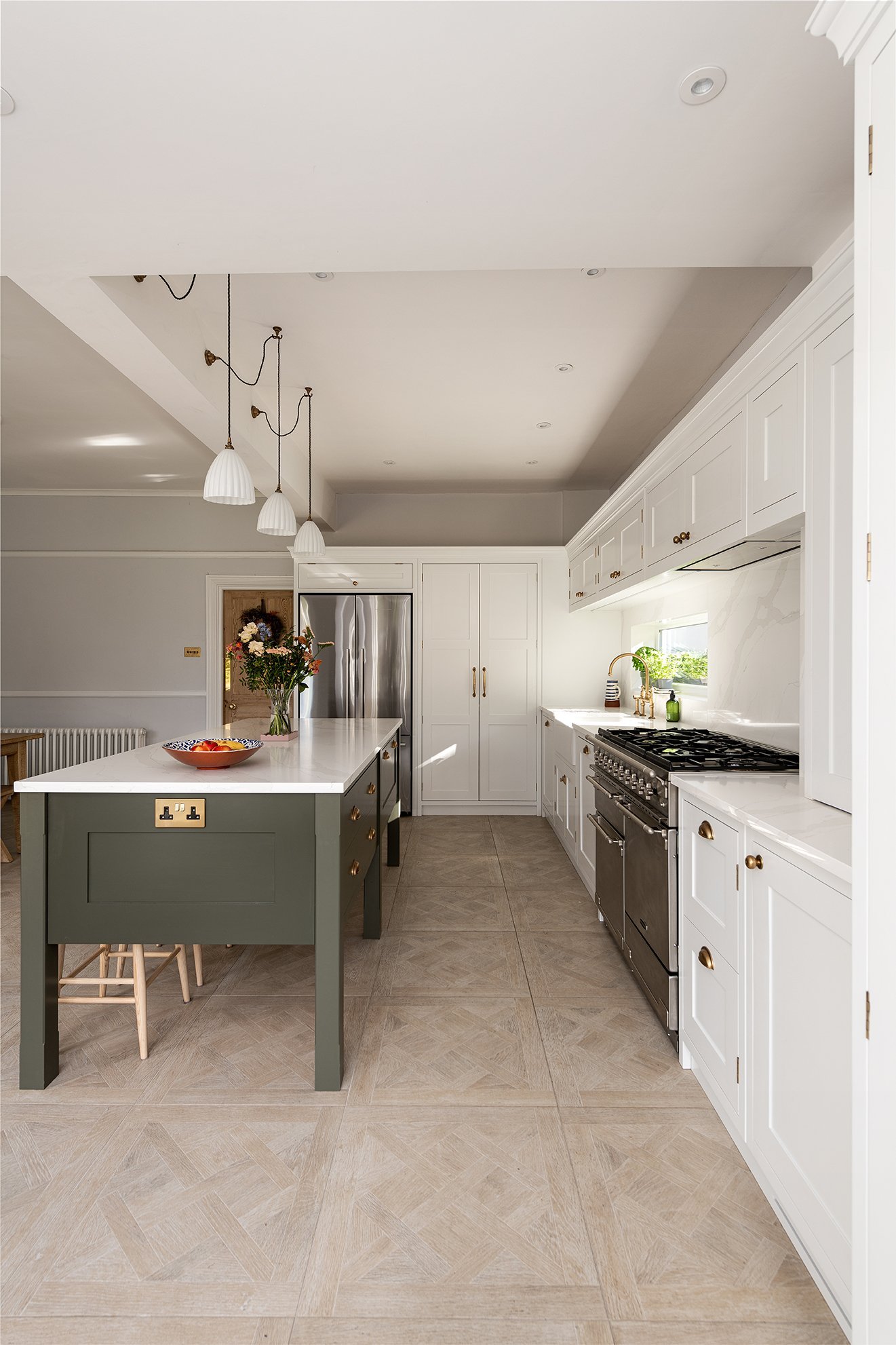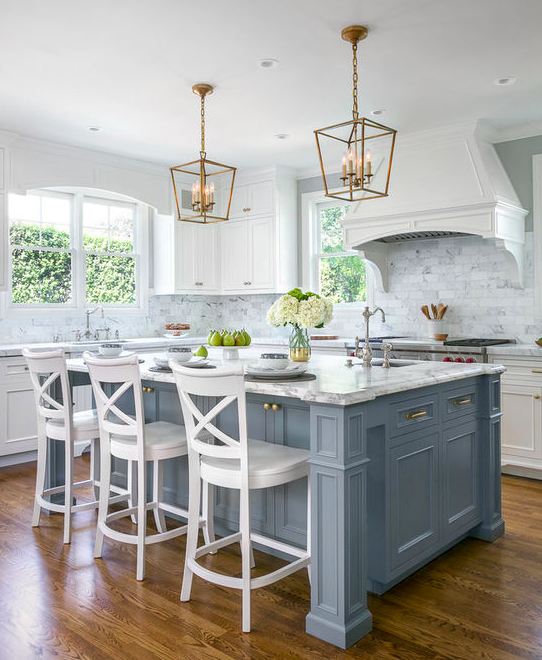Kitchen Island Legs: Add Functionality and Style to Your Space
Kitchen Island Legs: Add Functionality and Style to Your Space
Blog Article
Essential Tips for Picking the Perfect Eating Table for Your Kitchen
Selecting the perfect table for your kitchen area is more than just a matter of taste; it necessitates a thorough understanding of your room and demands. Begin by gauging your readily available space to make sure adequate clearance for activity. The form of the table plays an essential function; while rectangular tables match larger locations, rounded ones foster affection, and extendable options offer adaptability. Material choice is just as critical, with hardwoods providing durability and glass borrowing a modern-day touch. Lastly, the table ought to harmonize with your kitchen area's appearances and suit your family members easily. What other elements might influence this essential decision?
Step Your Area
Picking the perfect dining table starts with a precise analysis of your available area. This fundamental action makes sure that the table not only fits conveniently within the space however likewise complements the overall layout and functionality of your eating location.
It is crucial to leave appropriate area for chairs to be pulled out and for individuals to relocate around the table without obstruction. A basic regulation of thumb is to enable at least 36 inches of clearance from the side of the table to the nearby wall or piece of furniture.
Furthermore, believe about the variety of people you typically delight and whether you require additional room for guests. Going with an extendable table can supply versatility, permitting you to fit differing numbers of restaurants. By properly measuring your room, you prepared for choosing an eating table that improves both the aesthetic appeals and functionality of your dining location.
Choose the Right Forming

On the various other hand, round tables are exceptional for smaller sized cooking areas or intimate events, as they promote conversation by allowing everybody to face each other. They also supply a sense of comfort and can fit well in tighter areas due to their lack of sharp edges. Oblong tables offer the most effective of both worlds, incorporating the length of rectangle-shaped tables with the affection of round ones, making them flexible for various settings.
Square tables are another option, especially suited for square-shaped rooms. They create a balanced and modern-day look, fostering an equivalent dining experience for all seated. They might be much less practical for larger gatherings unless they come with extensions. Ultimately, the shape you choose ought to line up with your space dimensions and way of life to make certain both kind and function.
Product Factors To Consider
When selecting an eating table, product factors to consider are critical in identifying the table's durability, upkeep demands, and total visual. Wood is a classic selection, providing classic charm and effectiveness.
Glass-topped tables supply a modern, streamlined look and can make an area appear bigger due to their openness. However, they call for frequent cleansing to stop spots and finger prints. In addition, toughened up glass is suggested for its additional stamina and security.

Last but not least, composite materials like MDF (Medium-Density Fiber board) or plywood are economical options. These materials can resemble the look of solid wood yet may click here for info not provide the same long life. They are normally simpler to clean yet can be at risk to water damages if not effectively secured.
Eventually, the choice of material should straighten with your kitchen's design, your way of life requires, and your budget restraints. (kitchen island legs)
Seating Ability and Comfort
Exactly how do you establish the right seating capability and convenience for your eating table? For a family check members of four, a rectangular table of 48 inches long or a round table with a 48-inch diameter is normally enough.
Convenience is equally important. The elevation of the table need to preferably be around 30 inches, providing a balanced ergonomic stance for seated restaurants. Chairs need to sit height of 18 to 20 inches to ensure a comfy eating stance. Furthermore, take into consideration the chair layout; supportive back-rests and upholstered seats can boost eating convenience substantially, specifically during extended meals.
Design and Aesthetic Appeal
Choosing a table that suits your style and aesthetics entails stabilizing individual taste with the existing decor of your eating room. The table is typically the centerpiece of the kitchen, and its design should enhance the general style of the room. Whether your cooking area flaunts a modern-day, minimal look or a rustic, farmhouse charm, the table you pick must balance with these elements to develop a cohesive and inviting ambience.
Think about materials carefully; timber provides a timeless allure and can range from abundant mahogany for a standard aim to lighter oak for a modern feeling. Metal and glass tables, on the various other hand, can introduce a streamlined, industrial edge to your cooking area. Don't forget the table's form-- rectangular tables are timeless and flexible, while round and oval alternatives can promote a more intimate eating experience.
Additionally, pay close focus to surfaces and information. A troubled finish could add personality and heat, whereas a glossy surface can add to a tidy, contemporary visual. Eventually, your table need to not just fit seamlessly right into your kitchen's design yet also mirror your personal design, elevating the room both functionally and visually.
Conclusion
In conclusion, picking the ideal eating table for a cooking area demands cautious analysis of room, shape, material, seating capacity, and aesthetic consistency. Inevitably, a well-chosen dining table fosters a welcoming environment and fits the home easily, thus enhancing the eating experience.

When picking an eating table, material considerations are critical in determining the table's longevity, maintenance requirements, and overall aesthetic. For a family of four, a rectangle-shaped table of 48 inches long or a round table with a 48-inch size is usually sufficient.
Do not ignore the table's form-- rectangle-shaped tables are timeless and functional, while round and Click This Link oblong alternatives can promote a more intimate eating experience. kitchen island legs.
Report this page